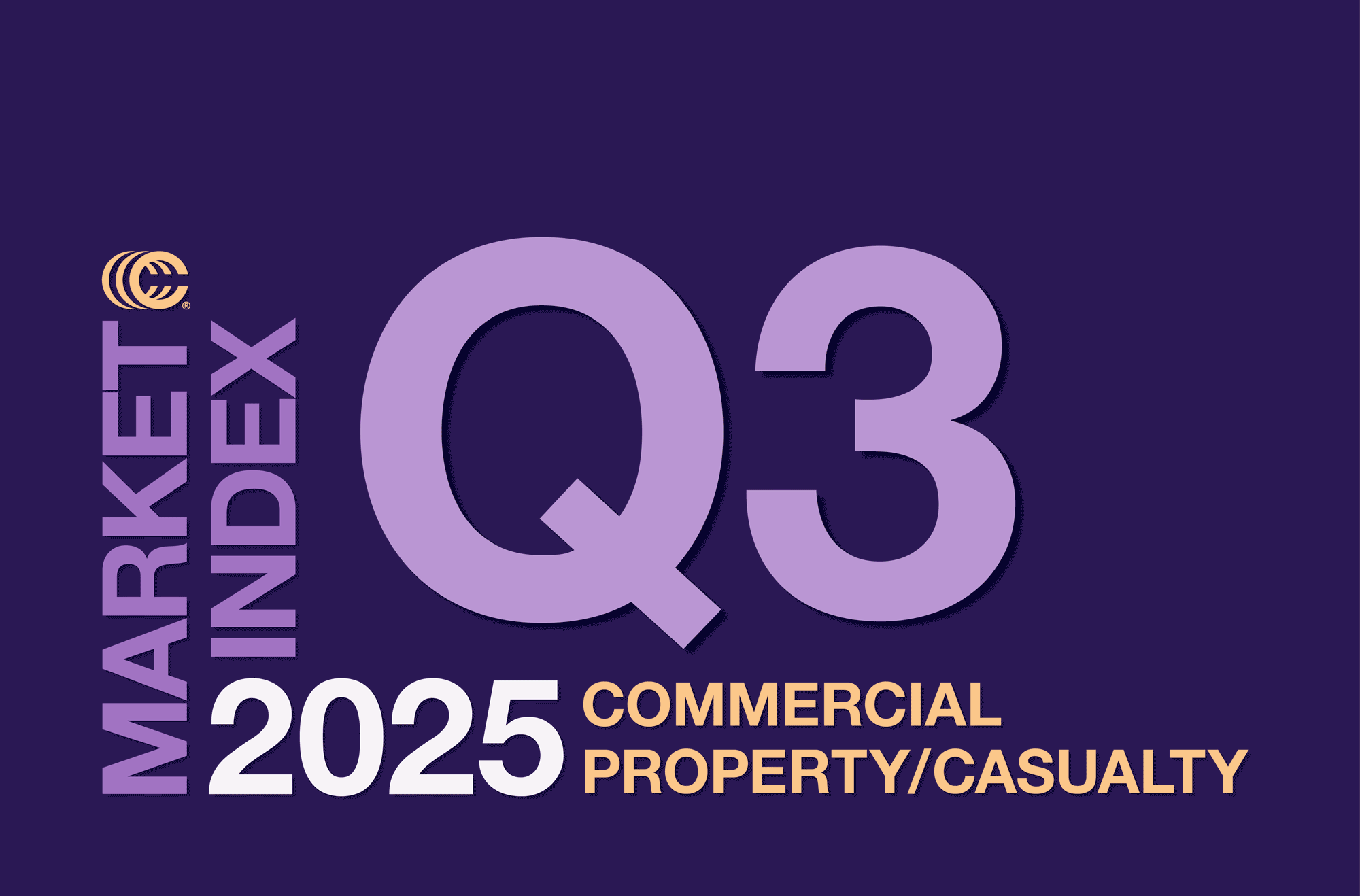
Safety Standards in the Middle Market

Foresight is a tech-centered managing general underwriter (MGU) that specializes in risk management and underwriting in workers compensation. We spoke with CEO and co-founder David Fontain about workplace safety, writing workers comp in the middle market, and why Foresight works only with brokers.
I and my co-founder had a college friend we’d grown up with who was killed in a workplace accident. He was in the hospitality industry. Being killed on the job, in the workplace tragically, it was quite a shock. It made us two young entrepreneurs question how this could happen in the modern age, with the technology that’s on hand. It left us questioning, is there something more that we could be doing, that businesses could be doing, to create a better environment for workers to prevent tragedies like this from happening.
That’s really what gave us the spark to do what we’re doing now, really looking to incentivize businesses to improve their risk management, improve safety levels and improve the workplace environment for workers, especially in industries where it’s more challenging.
We’re a technology-driven workers compensation provider. We have a proprietary risk management technology called Safesite. What Safesite is designed to do is basically improve risk management and facilitate compliance for businesses in these safety-critical industries. It’s purpose-built for construction, manufacturing, agriculture—any one of these industries where there is a high safety and compliance burden and where a critical part of their business is maintaining safety and compliance.
We’re able to coach the business and collect data on their daily, weekly, monthly levels of compliance, levels of safety engagement, how they are handling things on the ground level, how we can help improve the workplace environment for the workers and increase things like safety training, safety awareness, and ensure compliance is met. We collect all these data points through our systems and our service, and we feed that into a machine learning score, which we call a safety score. This score is basically a grade from a D level to an A level, with the D level representing low levels of safety and compliance and safety engagement and an A level representing high levels of compliance and safety engagement. Using that score, our underwriting team is able to provide incentives to the business owner in terms of improving the pricing on their workers compensation insurance a lot faster than if they were just relying on their ex mod dropping, which is the industry standard that other incumbent carriers look to use.
We’re an MGU, and we’ve been underwriting now for just over a year. In that time, we’ve been able to demonstrate a 31% reduction in incident frequency across all our policyholders. Given the average workers compensation claim of $42,000 per claim nationally, that translates roughly into $6.5 million in claims saved in just one year.




